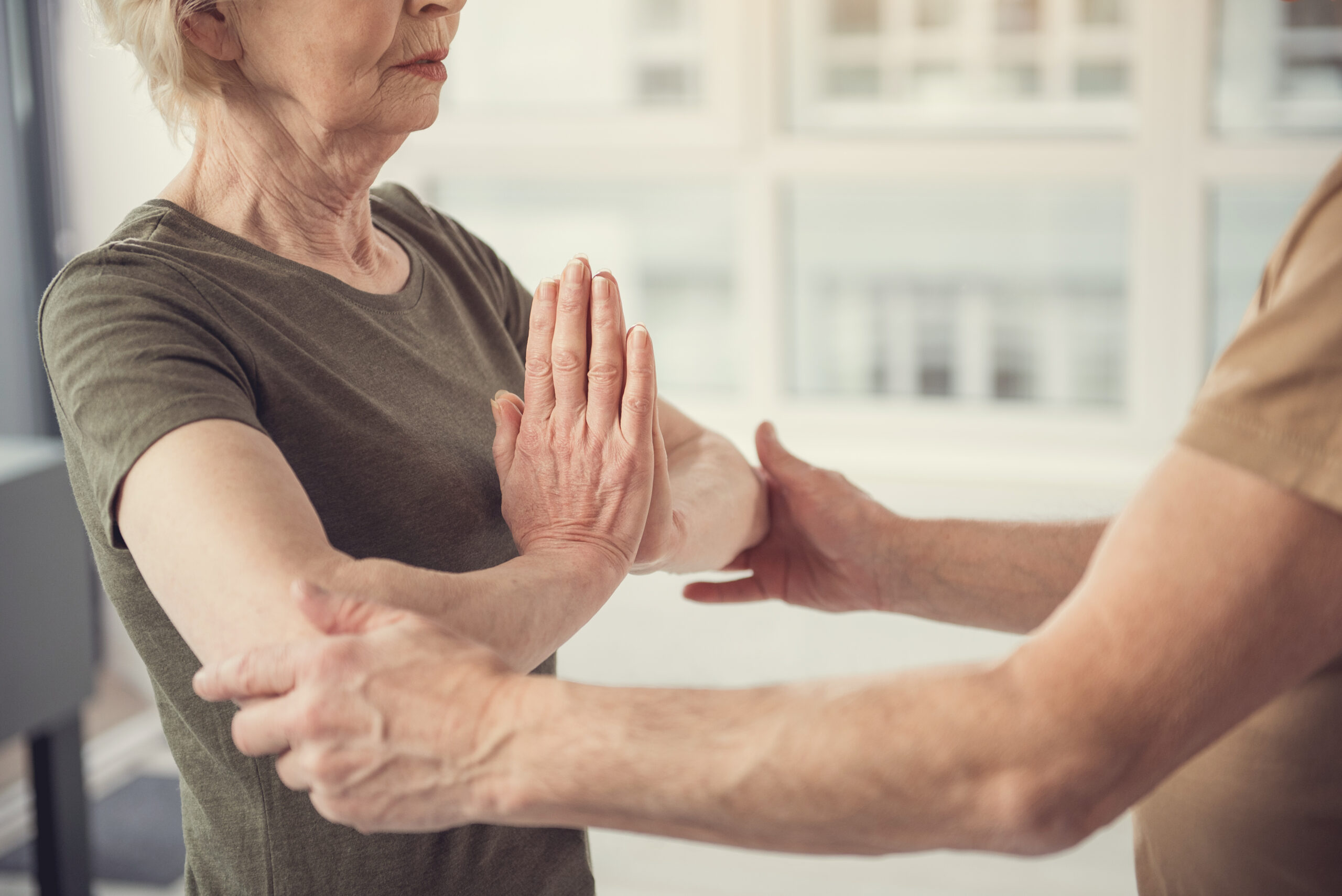How do I help my patient prepare for changes in weather that may affect their routine?
Helping Your Patient Prepare for Changes in Weather
Changes in weather can significantly impact a person’s daily routine, especially if they have health conditions or rely on specific schedules. As a caregiver or healthcare provider, it’s essential to help your patient prepare for these changes to ensure their safety and comfort.
### Understanding Weather Changes
Weather changes can be sudden and unpredictable. A drop in atmospheric pressure often signals an impending storm, while rising pressure usually indicates fair weather. Understanding these signs can help you and your patient prepare accordingly.
### Preparing for Extreme Weather
1. **Emergency Kits**: Ensure your patient has an emergency kit with essentials like flashlights, extra batteries, first-aid supplies, and non-perishable food. A NOAA weather radio is also crucial in case power or cellular networks fail.
2. **Specialized Gear**: If high winds are expected, consider having reinforced jackets, sturdy boots, and protective gloves available.
3. **Seasonal Challenges**:
– **Winter**: Insulate exposed pipes to prevent them from freezing. Use ice-melting products to reduce slip hazards.
– **Summer**: Stay hydrated by monitoring the heat index. Use fans and air conditioning to keep cool.
4. **Storm Tracking**: Use a weather station to monitor changes in pressure and wind speed. This can help predict severe storms and lightning.
### Managing Health Impacts
1. **Allergies**: Weather changes can trigger allergies. Keep track of pollen counts and humidity levels, as these can exacerbate symptoms. Use air purifiers and keep windows closed during peak pollen times.
2. **Respiratory Issues**: Extreme weather can worsen respiratory conditions like asthma. Ensure your patient has access to necessary medications and follows a treatment plan.
3. **Mental Health**: Changes in weather can affect mood and mental health. Encourage activities that promote relaxation and stress reduction.
### Creating a Plan
1. **Communication Plan**: Develop a family communication plan in case of emergencies. Identify safe rooms or shelters and keep a weather radio on standby.
2. **Evacuation Kits**: If your patient lives in a hurricane or tornado-prone area, maintain a ready-to-go kit with key documents, cash, and extra supplies.
3. **Regular Updates**: Stay informed about weather forecasts and updates. This will help you prepare your patient for any changes ahead of time.
By taking these steps, you can help your patient stay safe and comfortable despite changes in the weather. Preparation is key to managing the impacts of weather on daily routines and health.





